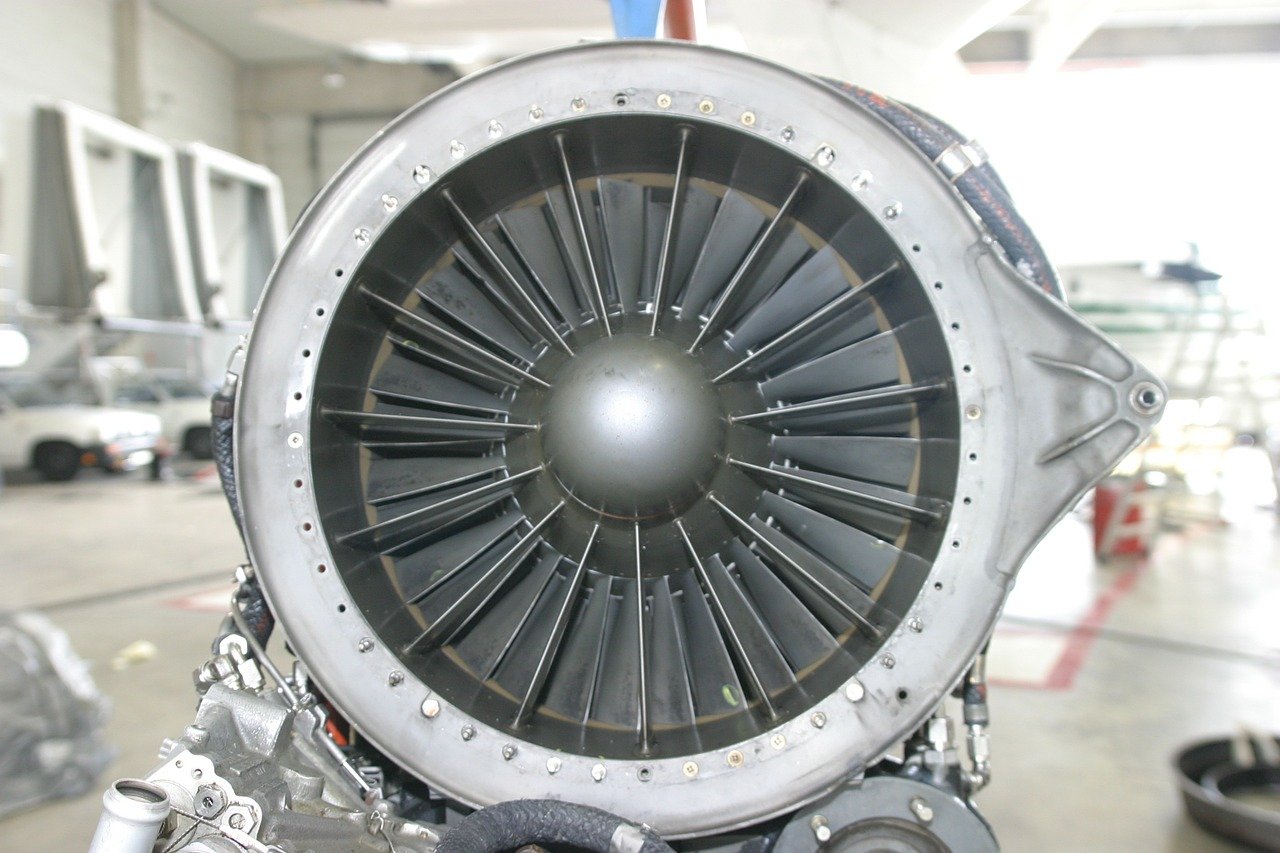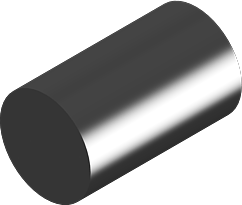Cobalt MP159
View AMS Numbers >
Cobalt MP159
Cobalt MP159 is a Nickel-Cobalt based superalloy with a high concentration of cobalt and chromium designed to meet the advanced requirements of the aerospace industry. A member of the Multiphase family of alloys, MP159 possesses a rare mixture of ultra-high-tension strength, excellent ductility and surface stability, and excellent corrosion resistance. Like most superalloys, MP159 also shows excellent oxidation resistance.
The Cobalt MP159 superalloy can be additionally toughened by aging and work strengthening to achieve an outstanding tensile strength of 265,000 psi (1830 MPa) while maintaining a reduction of area value of over 30%. Compared to other nickel-based and high-cobalt alloys, MP159 can be used at much higher temperatures, thus making it a better choice for high-stress environments. MP159 also shows excellent thermal stability of up to 1100 °F (593 °C) for prolonged periods of time, and even up to 1200 °F (649 °C) for shorter times.
Cobalt MP159 is mainly used in the aerospace industry for the manufacturing of parts that require high strength at temperatures up to 1100 °F (593 °C). The most common aerospace applications include bolts, landing gear, drive components, fasteners, and jet engine components, such as turbine blades and other hot-section parts. Other aerospace uses include solid rocket boosters and jet propulsion systems.
Thanks to the high corrosion and oxidation resistance from mineral acids, seawater, hydrogen sulfide, and salt sprays, Cobalt M159 is used in other industries that require those qualities. For example, MP159 is used for the manufacturing of orthodontic and prosthetic devices in the medical field. In the petroleum industry, marine industry, and chemical industry, it is used for the production of high-pressure door dogs, valve components, and springs. MP159 also finds use in power generation equipment, pulp and paper industry, and high pulse magnet research.
Cobalt MP159 has some other desired properties that maximize its use in the previously mentioned fields. For example, MP159 has outstanding fatigue resistance and creep strength at high temperatures, and excellent resistance to crevice corrosion, and cracking caused by stress corrosion.
Tech Steel & Materials offers Cobalt M159 in three AMS sub-type specifications:
Chemical Composition of Cobalt MP159
| Element | Max (%) |
| Nickel, Ni | 25.5 |
| Cobalt, Co | 35.7 |
| Chromium, Cr | 19 |
| Iron, Fe | 9 |
| Molybdenum, Mo | 7 |
| Titanium, Ti | 3 |
| Niobium, Nb | 0.6 |
| Aluminum, Al | 0.2 |
Fabrication and Working Instructions
Cobalt MP159 is produced using the vacuum induction method, followed by VAC-ARC, and VIM-VAR remelting, which yields the best solidification results.
Thanks to its excellent flexibility, Cobalt MP159 can be cold-worked using all conventional methods to produce relatively complex parts. MP159 responds very well to aging. The phase transformation between cold-working and aging can also be used for strengthening the alloy up to 265,000 psi (1830 MPa).
The method to achieve that strength starts with cold-working for 45-50% reduction of area, followed by aging at 1225 °F (663 °C) for 4 hours and then air-cooled to room temperature. Additional work strengthening can be accomplished by extrusion, rolling, swaging, pilgering, and drawing, or a combination of any of those processes.
Mechanical and Physical Properties
| Property | Imperial | Metric |
| Density | 0.301 lb/in3 | 9.27 g/cm3 |
| Ultimate Tensile Strength (annealing at 1925 °F or 1052 °C) |
123000 psi | 848 MPa |
| Ultimate Tensile Strength (cold-worked to 48%) |
230000 psi | 1590 MPa |
| Tensile Strength, Yield 0.2% (annealing at 1925 °F or 1052 °C) |
58000 psi | 400 MPa |
| Tensile Strength, Yield 0.2% Strength (cold-worked to 48%) |
205200 psi | 1415 MPa |
| Elongation at Break (annealing at 1925 °F or 1052 °C) |
12 % | 12 % |
| Elongation at Break (cold-worked to 48%) |
60 % | 60 % |
| Reduction of Area (annealing at 1925 °F or 1052 °C) |
46 % | 46 % |
| Reduction of Area (cold-worked to 48%) |
69 % | 69 % |
| Modulus of Elasticity (annealed at 450 °F or 232 °C) |
30200 ksi | 208 GPa |
| Shear Modulus (annealed at 450 °F or 232 °C) |
11000 ksi | 75.8 GPa |
| Magnetic Permeability at 77K | 1.00265 | 1.00265 |
| Coefficient of Thermal Expansion, Linear at 77 – 212 °F (25 – 100 °C) | 7.94 µin/in-°F | 14.3 µm/m-°C |
| Coefficient of Thermal Expansion, Linear at 77 – 932 °F (25 – 500 °C) | 8.28 µin/in-°F | 14.9 µm/m-°C |
Heat Treatment
Practices typically used for heat-treating stainless-steel and nickel-base superalloys can also be applied to Cobalt MP159. In order to get the desired mechanical properties, strict temperature control is recommended, aided by precisely monitored rate and soak times. The atmosphere where Cobalt MP159 is heat-treated should be neutral or slightly oxidizing, and very low in sulfur. Any foreign matter on the part that contains sulfur should also be cleaned prior to any heat treatment. Finally, to obtain the highest possible strength levels, cold work strengthening is required after each annealing process.


 Tech Steel & Materials
Tech Steel & Materials